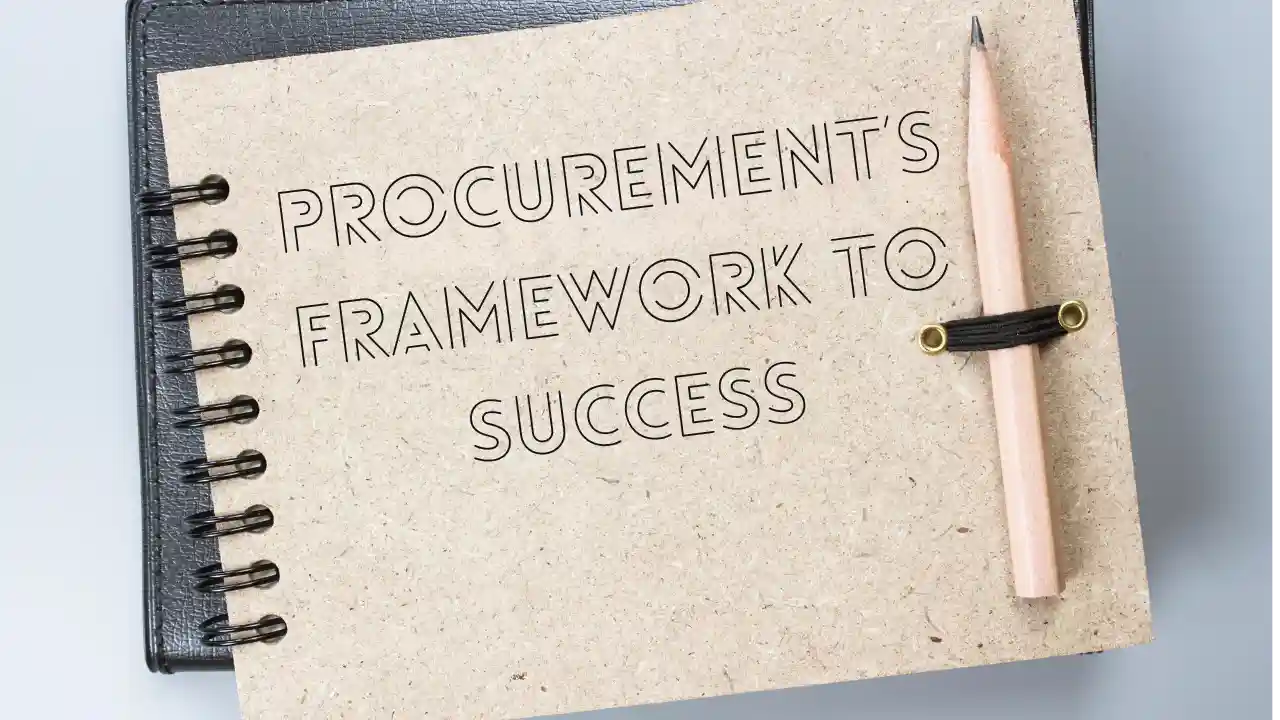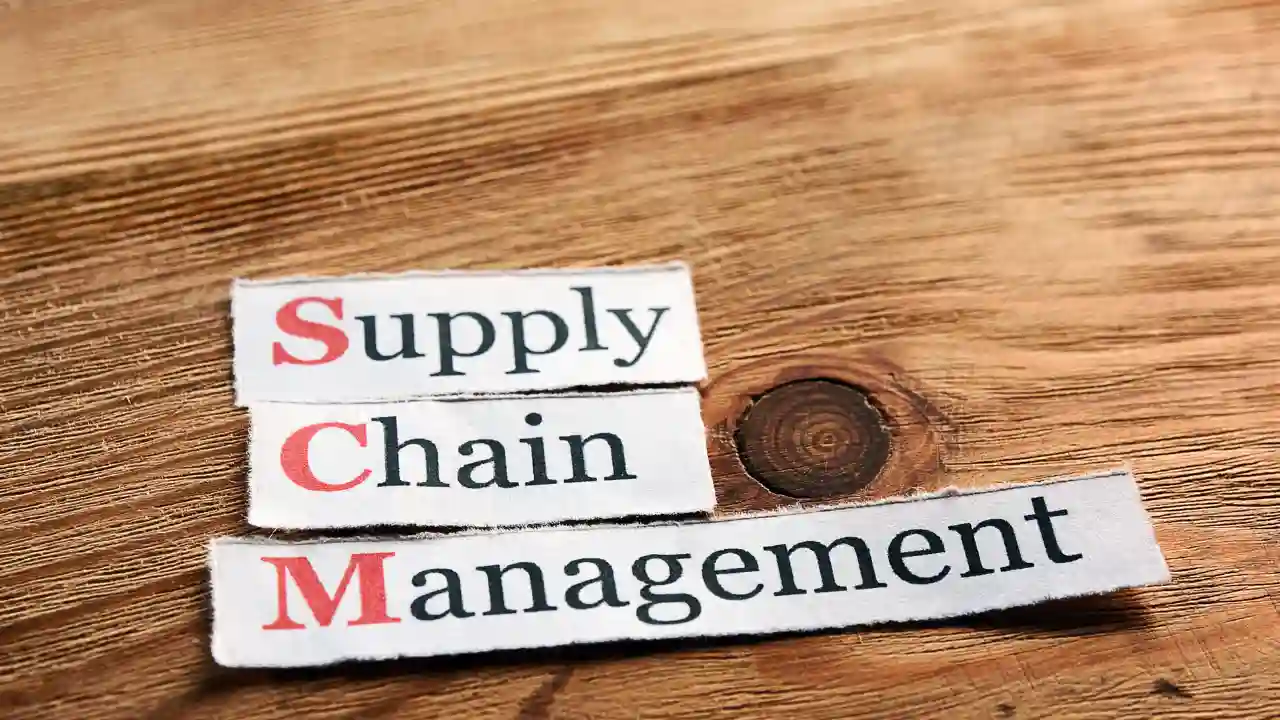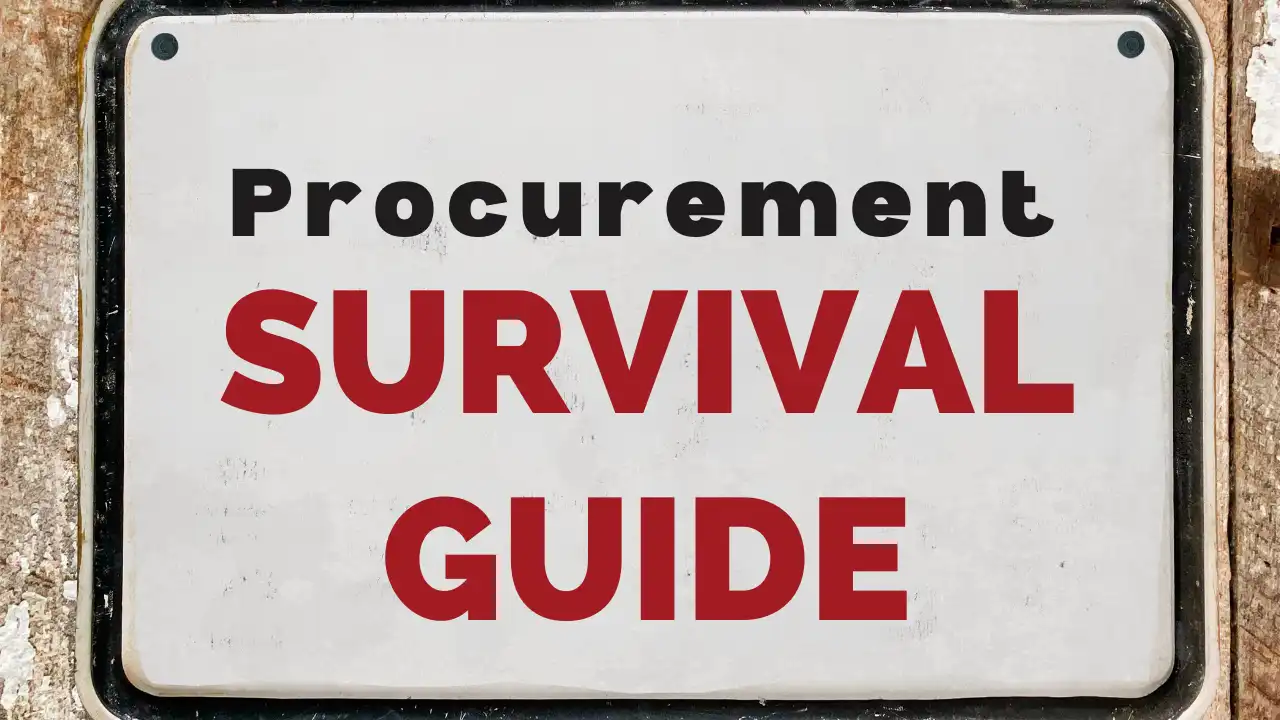In our last blog we discussed few areas in the contracting process that can be made more efficient by using technology.
Let’s now talk about few other aspects that can be made better:
- Creating a repository
Create dynamic contract repositories that reflect operational requirements. Having contracts stored at a centralized location drastically reduces lost contract cases. It can also serve as a library for all the legal clauses and contract templates.
- Analyzing contract utilization
Contract metrics need to be defined to check the effectiveness and utilization of the contracts or the savings accrued. Ensure that the Service Level Agreements are well-defined in the contracts and set up processes to measure supplier’s Key Performance Indicators by linking contracts to spend in order to establish parameters of measurement, establishing benchmark parameters with regard to peers and industry, and tracking contract performance vis-à-vis these benchmarks.
- Tracking contracts
Often during negotiation, both parties agree on terms like price escalation and de-escalation clauses based on market parameters like foreign exchange and commodity indices. However, these terms are often forgotten once the contract has been signed.
Setting a system of alerts and reminders for the specific escalator/de-escalator clauses, linked to commodity or Forex indices or to the renewal date, will help the procurement team to never miss the milestone events in the contract.
Learn More: Contract Lifecycle Management Software
In the next blog, last in the series we will have a look at the value derived from the contract management automation.
Related Read:
- Blog – 5 Reasons Why You Need a Contract Management Software
- Blog – Ultimate Guide to Contract Management: Benefits & Best Practices
- Blog – The Greatest Contract Ever Signed
- Contract Management Software
- Analyst Report – Contracts as a Connector – The case for improved contract management
- White Paper – The Why, What & How of Contract Management
- Research Report – Forrester’s Overview Of 30 CLM Vendors – Now Tech: Contract Lifecycle Management





























































